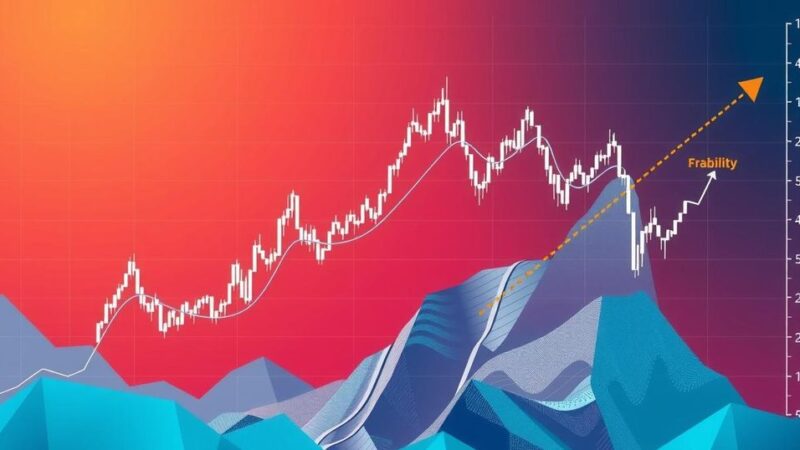Gold prices fell to a four-week low due to a surge in the US Dollar following Donald Trump’s election victory. This decline marks the poorest performance for gold in five months, exacerbated by a strong performance from Bitcoin and US stock markets. Investors are attentive to forthcoming inflation data and the implications of the new administration’s policies on market dynamics.
Gold prices experienced a decline, reaching a four-week low, influenced significantly by the surge of the US Dollar to a four-month high following the re-election of former President Donald Trump. This marked the most substantial downturn for gold in five months, with spot prices decreasing by 1.8% to $2636 per ounce. Despite the Federal Reserve’s decision to cut interest rates, market reactions were dominated by the swift resolution of the election results, causing further fluctuations in gold and other assets.
Simultaneously, Bitcoin reached an all-time high as investors anticipated pro-crypto legislation under Trump’s forthcoming administration, juxtaposed with the perceived limitations posed by the current Democratic leadership. Investors reacted positively to the prospects of a Republican-controlled Congress, pushing both US stocks and Bitcoin prices upwards. The S&P 500 and Dow Jones Industrial Average noted significant gains, while gold prices fell below £2050 and €2480 in European markets.
In related market movements, silver prices also declined, and the Shanghai Gold Exchange reported a slight recovery in gold prices but maintained a discount compared to London prices. With pivotal US inflation data set to be released this week, the focus turns to the potential implications of the new administration’s policies on monetary strategy and overall market dynamics, as articulated by Federal Reserve Chair Jerome Powell in the wake of the election results.
Looking ahead, analysts predict a calmer week in the commodities market, although underlying economic data will play a crucial role in shaping investor sentiment regarding gold and other precious metals.
The fluctuations in gold prices are often influenced by political and economic events, particularly in the United States where changes in administration can lead to significant shifts in market behavior. The outcome of elections can create uncertainties, affecting currencies, commodities, and investor strategies. As former President Trump takes office once again, his administration’s proposed policies surrounding regulation and the economy have the potential to drive changes in asset values, notably for gold and cryptocurrencies. The precious metals market reacts not only to domestic economic indicators but also to international market sentiments, particularly from major consumer nations like China.
Gold’s recent performance reflects the interplay of political developments and economic indicators, with its decline following Trump’s election highlighting investor sentiment shifts towards riskier assets like equities and cryptocurrencies. As the new administration’s policies unfold, their impact on the Federal Reserve’s approach to monetary policy will be closely monitored, especially with crucial inflation data set to be released soon. The commodities market may experience a period of subdued activity, contingent on forthcoming economic updates.
Original Source: www.bullionvault.com





